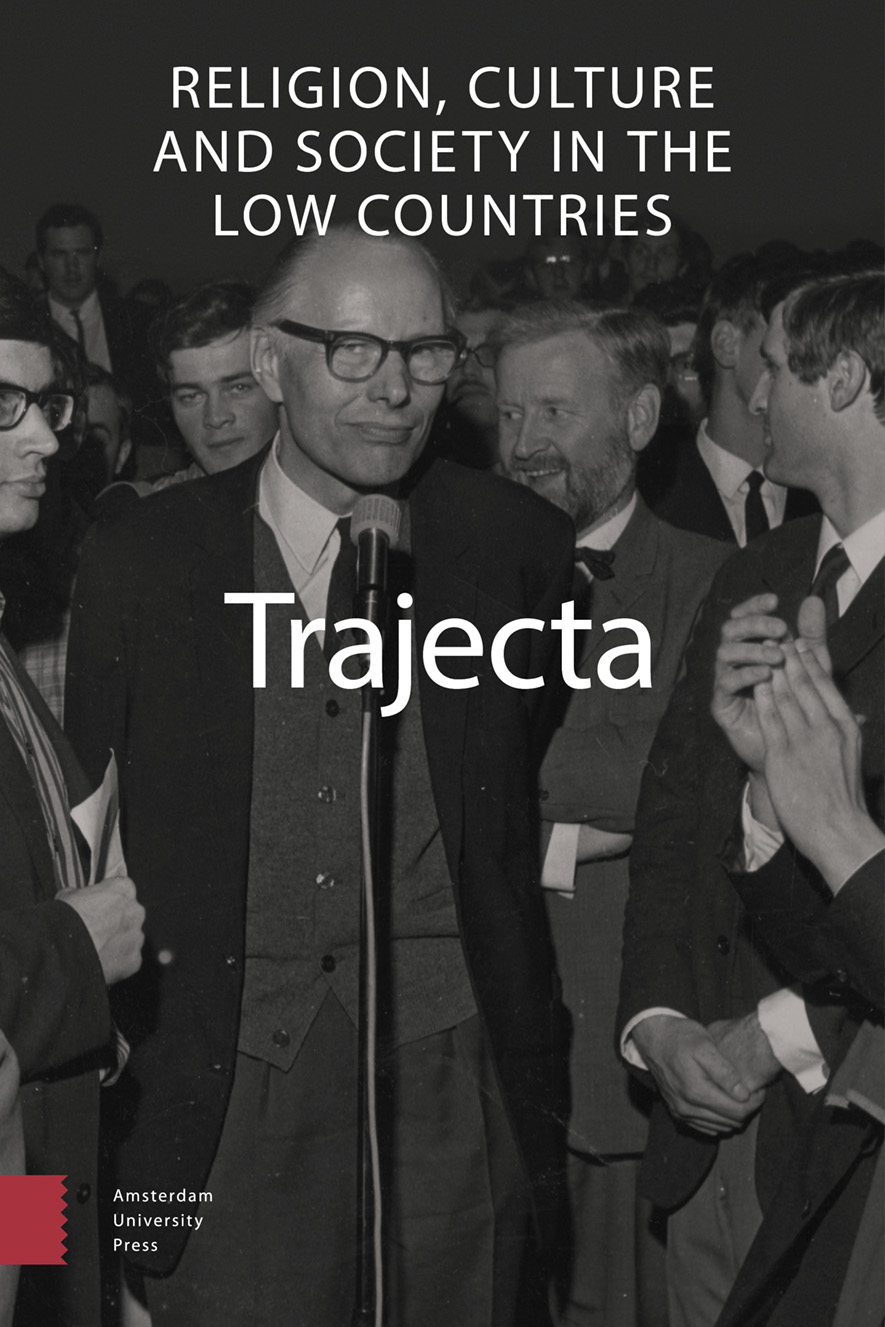-
oa ‘Met wijsheid, voorzichtigheid en gematigdheid vooruitgaan’
De (im)materiële erfenis van een eeuw georganiseerd retraitewerk door Nederlandse jezuïeten, 1900-2000
- Amsterdam University Press
- Source: Trajecta, Volume 28, Issue 2, Dec 2019, p. 203 - 239
-
- 01 Dec 2019
Abstract
Between 1908 and 1966 the Dutch Jesuits founded five retreat institutions in the Netherlands to support the laity with spiritual care and to enable them to undergo (a part of) the Spiritual Exercises of Ignatius van Loyola (the founder of the Jesuits). Notwithstanding the enormous popularity of these retreat activities, especially in the first half of the twentieth century, this phenomenon has hardly been subject to academic research. With this article, being a part of my postdoc-research project at Tilburg University, I hope to give a start to this study. At the turn of the century, the group retreat work the Dutch Jesuits introduced for the male laity in the Netherlands originated in Belgium and France. During the years to follow this work became exceptional popular among Catholics living in the southern provinces of the Netherlands. Due to a high organisational level of Catholic social and political institutions and the involvement of the Catholic upper-class and local parish priests the propaganda of the Jesuits for their retreat work in the Southern provinces was extremely effective. The (industrial) employers as well as the Jesuits regarded the retreat work as a splendid opportunity to ‘civilize’ the Catholic working-class and to keep them away from communism and socialism. As a consequence of new theological and spiritual insights, after World War II things started to change in the traditional retreat work. In the fifties and sixties the retreats were transformed into meetings of spiritual reflection and counselling, at last becoming socio-cultural training courses from the seventies onwards. The lack of a straightforward underlying theological vision for these transitions on which all Jesuits could agree on, the rising costs, and the declining number of Jesuits members, resulted in 1974 in the ending of their participation in this group-organized work. However, retreats given on an individual basis continued and from the nineties new initiatives were launched to popularize the Spiritual Exercises using digital techniques and the internet.


